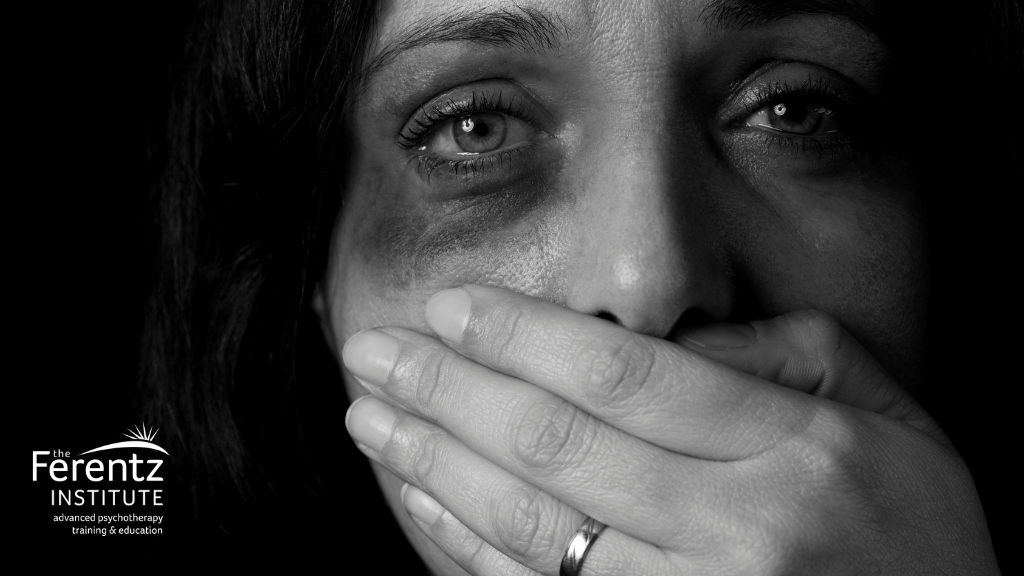
Denise Tordella is a seasoned, trauma-informed clinician with many years of experience and expertise in treating the myriad manifestations of domestic violence. She has helped countless clients to navigate the complex struggles that arise when feeling trapped in situations of intimate partner abuse.
by Denise Tordella, MA, LPC
In 2018, Rachel Louise Snyder wrote, No Visible Bruises: What We Don’t Know about Domestic Violence Can Kill Us. This book is a “seminal and breathtaking account of why home is the most dangerous place for a woman.” according to Eve Ensler’s review. It is a powerful read that shines a spotlight on the complexity of domestic violence. Researchers and advocates have expanded the definition beyond physical violence to include domestic abuse and coercive control. Domestic abuse includes: physical abuse, sexual abuse, emotional abuse, financial abuse, technological abuse and legal abuse. At its core, it is all about power and control.
Approximately 1 in 4 adult women and 1 in 7 adult men report having experienced severe physical violence from an intimate partner in their lifetime, according to the U.S. Centers for Disease Control and Prevention. In addition, 16% of women and 7% of men have experienced sexual violence from an intimate partner. The World Health Organization deems it a global epidemic. Some of these individuals may come in for therapy to understand more about the issues they are dealing with in their relationships with others and in how they view themselves.
As therapists, it is our duty and responsibility to understand the dynamics of domestic abuse/coercive control and provide a safe space for individuals to begin to explore the dynamics of their relationship and how it has affected them.
Denise Tordella, MA, LPC
One of the most important issues in working with individuals experiencing domestic abuse and coercive control is to recognize and understand the intense volatility and danger of the situation. As therapists, it is our duty and responsibility to understand the dynamics of domestic abuse/coercive control and provide a safe space for individuals to begin to explore the dynamics of their relationship and how it has affected them. Survivors of domestic abuse/coercive control make many adaptations to survive or to protect themselves or their children. We must be mindful of what the individual can control within the relationship and what they cannot control. To avoid re-traumatizing individuals, we must ensure they are never made to feel that they are in any way responsible for the abuse. We must be cognizant of not pathologizing the adaptations they made to protect themselves and their children.
It is important that we communicate that we believe them. It is restorative and healing for the individual to hear that it wasn’t their fault and it is that it is not OK they are experiencing abuse.
Additionally, this is a person whose boundaries have been profoundly violated by a person that they loved and trusted. They have not had a sense of safety and security. We have to understand the effects of this violation of trust on the therapeutic relationship.
Please join me on May 31, 2022 for Transcending the Coercive Control of Domestic Violence and Emotionally Abusive Relationships: A Trauma Informed Approach to learn how to work with survivors from a strengths-based, trauma-informed lens. Learn more and register here.

